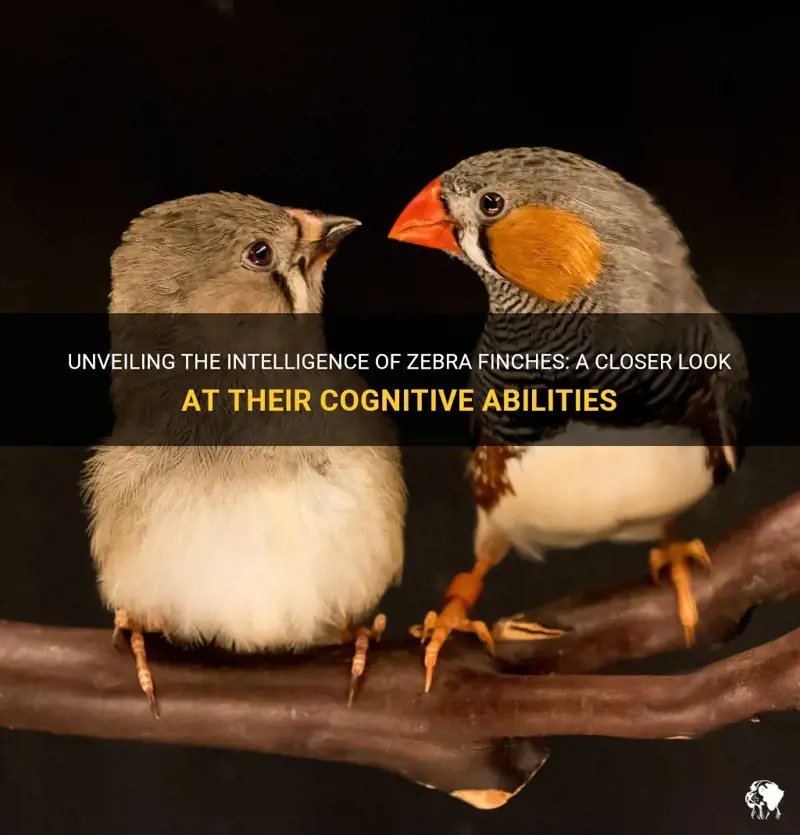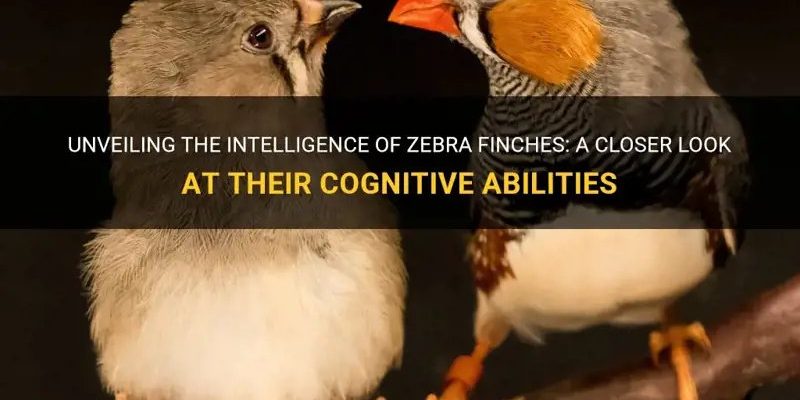
Imagine you’re watching a nature documentary, and you see a herd of zebras grazing peacefully. Suddenly, one makes a sudden dash away from the group. You could chalk that up to instinct, but there’s more going on beneath the surface. Zebras exhibit complex social interactions, communication skills, and even problem-solving abilities. So, let’s dive deeper into their minds and uncover just how smart these fascinating creatures really are.
Understanding Zebra Intelligence
Zebras are part of the equine family, which includes horses and donkeys. But how do their cognitive abilities stack up? To get a clearer picture, we can look at several factors.
First off, zebras are known for their **strong social structures**. Living in herds, they rely on each other for survival, which means they need to communicate effectively. This communication goes beyond simple whinnies or grunts—zebras use a variety of vocalizations, body language, and even facial expressions to convey messages about danger, companionship, and territory. This kind of social complexity hints at a level of intelligence that goes hand in hand with their ability to navigate the often harsh environments they inhabit.
Zebras also showcase remarkable **problem-solving skills**. For example, when faced with a predator, they display evasive maneuvers that require not just quick reflexes but also strategic thinking. They work together as a group, often coordinating their movements to confuse predators. This behavior reflects a higher level of cognitive function, where they can assess threats, make decisions, and act collectively.
Social Behavior and Communication
Now, let’s chat about zebra social behavior. If you’ve ever watched zebras interact, you might notice that they have **strong bonds** within their herds. They often groom each other and engage in playful behaviors, which strengthen their social ties. Grooming isn’t just a way to remove dirt or parasites; it’s a vital social activity that helps reinforce relationships and establish trust.
Zebras also have **distinctive vocalizations**. Each zebra has a unique call, kind of like a human fingerprint. This helps them recognize each other, even in large groups. Imagine being in a crowded room and being able to pick out your friend’s voice. Zebras can do this, which indicates not only social intelligence but also memory skills. They remember who their friends are and can differentiate between familiar and unfamiliar calls.
And it doesn’t stop there. Zebras communicate using their **body language** too. For instance, they might pin back their ears when agitated or swish their tails when annoyed. Understanding these cues is essential for maintaining harmony within the herd. So, when you see zebras, know that every flick of their tail has meaning—it’s part of their rich social tapestry.
Learning and Memory in Zebras
You might be wondering how zebras learn and remember important information. Research shows that zebras possess excellent **memory skills**, crucial for survival in the wild. They can remember the locations of water sources and safe grazing grounds, which is key during droughts or harsh seasons.
One fascinating aspect of zebra learning is their ability to **adapt**. For instance, if they encounter a new predator or a different type of threat, zebras can quickly learn to adjust their behaviors. This adaptability is a hallmark of intelligence. They don’t just rely on instinct; they observe, learn, and apply their knowledge to different situations.
Additionally, studies suggest that zebras can learn from each other, a phenomenon known as **social learning**. If one zebra discovers a new route to escape danger, the others may watch and learn, ensuring the survival of the entire herd. It’s a collective effort that highlights their cognitive abilities.
Problem-Solving Skills in Zebras
Speaking of adaptability, zebras also showcase impressive **problem-solving skills** in more direct ways. Take a scenario where a zebra faces a fence blocking its path to food. Instead of simply giving up, zebras have been observed to explore alternative routes or even work together to find a solution.
For example, if one zebra finds a way to push open a gate, others may follow suit, demonstrating both individual intelligence and teamwork. This ability to tackle challenges creatively can be seen as a form of intelligence—one that many animals, including humans, use daily.
In captivity, zebras have been known to engage in **enrichment activities**, which stimulate their minds and encourage problem-solving. By interacting with puzzles or new objects, they can exhibit their cognitive abilities in playful ways. Such activities highlight their curiosity and intelligence, proving that they’re not just beautiful creatures but smart ones too.
Zebras and Their Environment
Zebras’ intelligence isn’t just about their social structure or problem-solving skills; it also ties into how they interact with their environment. For example, they can recognize and remember not only the landscape but also other animals within it. This skill helps them navigate through varying terrains while avoiding dangers like predators.
You might notice that zebras are often seen closely associated with other animals, like birds or wildebeests. This is no accident! Their ability to coexist and communicate with other species is another sign of their cognitive abilities. They can interpret signs of danger from friends in the animal kingdom, demonstrating a sort of **inter-species intelligence** that helps keep everyone safe.
This interaction also makes it easier for them to find food sources. Zebras can identify what plants are safe to eat based on previous experiences, which is essential for their survival, especially in changing habitats.
The Role of Zebras in Their Ecosystem
Beyond their intelligence, zebras play an essential role in their ecosystems. Their grazing habits help **shape the landscape** and promote biodiversity. By eating certain grasses, they encourage the growth of different plant species, which benefits other animals.
Zebras also serve as prey for larger predators like lions and hyenas. Their cognitive ability to escape danger and communicate within the herd contributes to the balance of the ecosystem. If one zebra detects danger, the whole herd can react swiftly, which not only keeps them safe but also sustains predator populations.
In this way, zebras are not just intelligent; they’re integral to the health and stability of their habitats. Their behaviors and social structures contribute to a functioning ecosystem, highlighting how intelligence can impact larger environmental systems.
So, how smart is a zebra? The answer is, quite smart! From their social behavior and communication skills to their problem-solving abilities, zebras demonstrate a range of cognitive functions that make them fascinating creatures. They’re more than just striking animals with bold stripes; they have evolved a sophisticated way of life that showcases their intelligence.
Appreciating their cognitive abilities allows us to understand these amazing animals better and recognize their vital role in the ecosystem. Next time you see a zebra—maybe on a documentary or at a zoo—think about the intricate thoughts and behaviors that lie behind those eyes. Zebras might not be the first animals that come to mind when we talk about intelligence, but they certainly deserve a place in the conversation.

